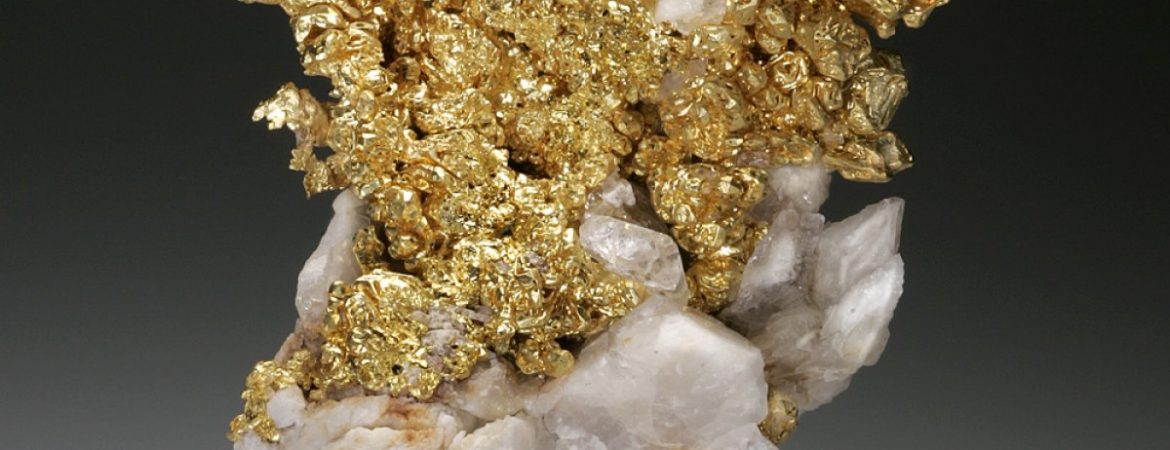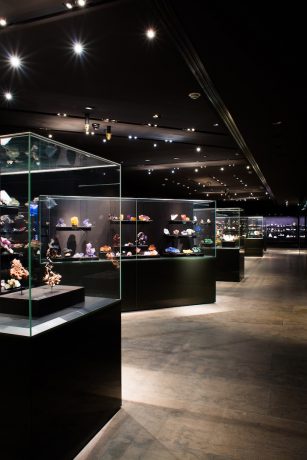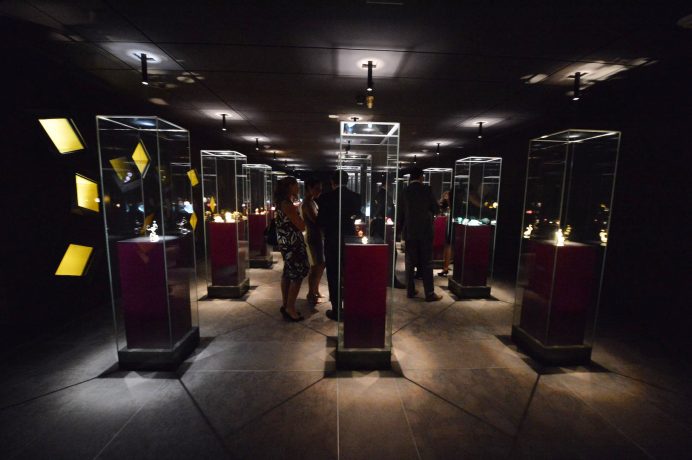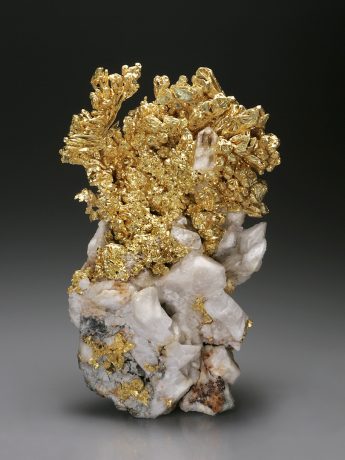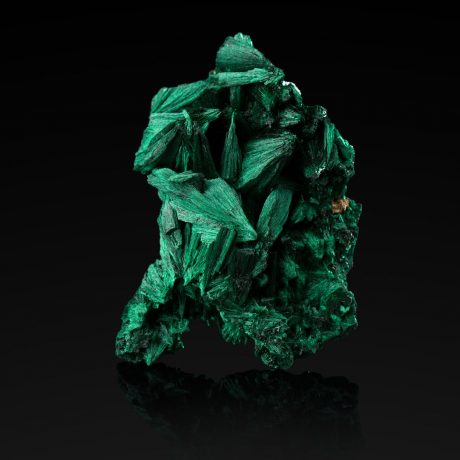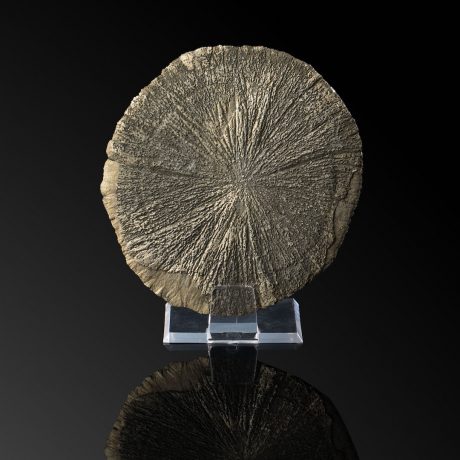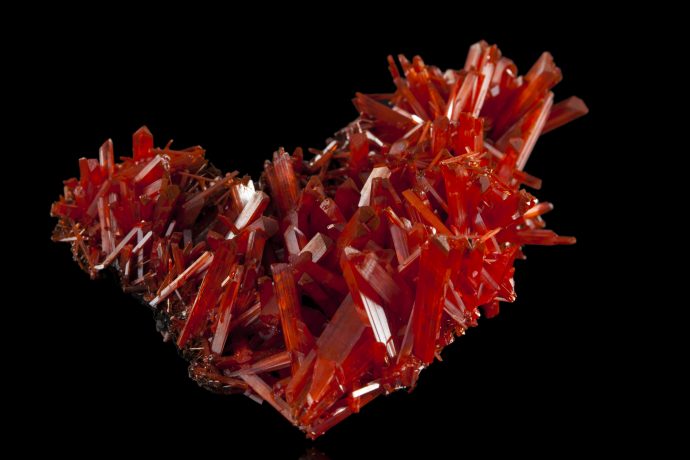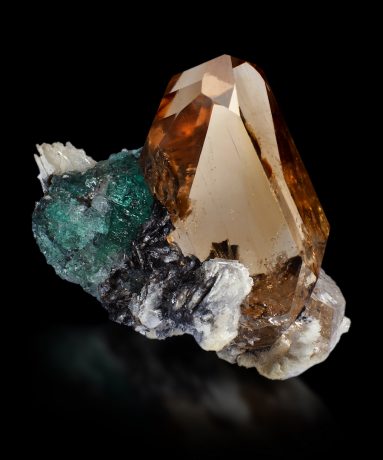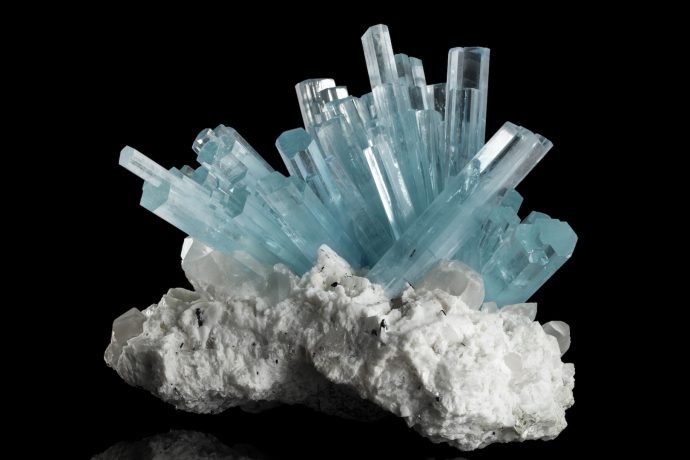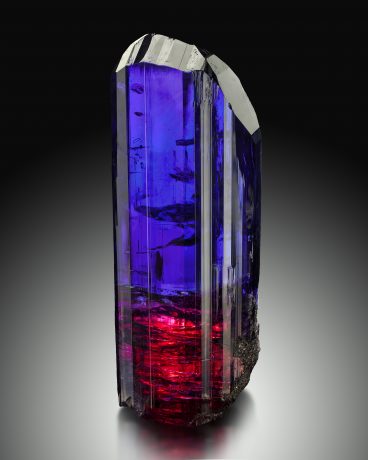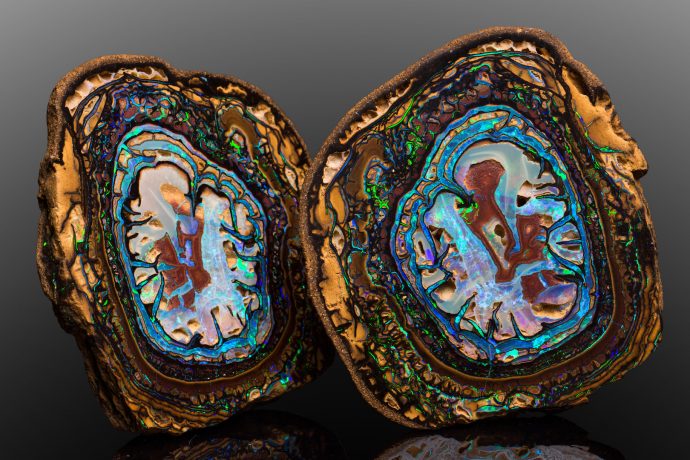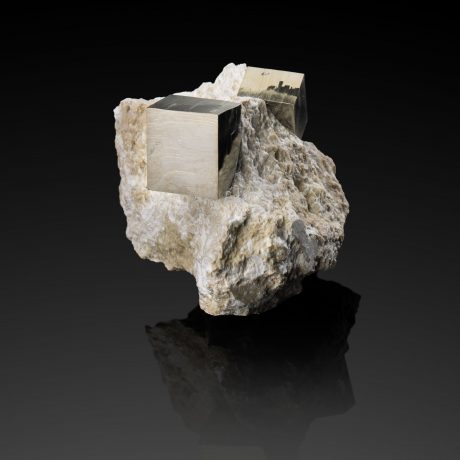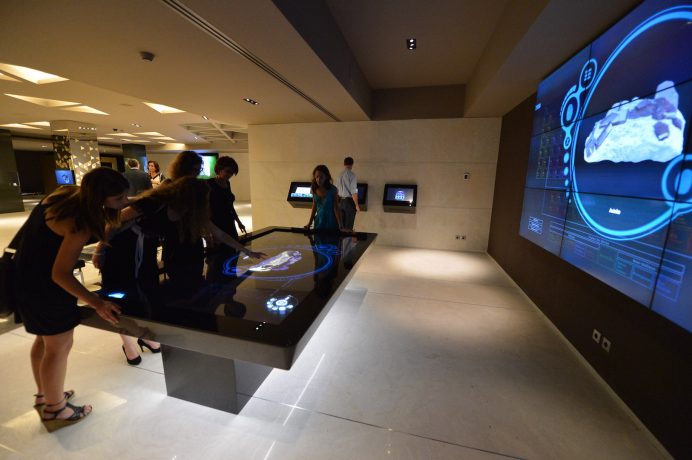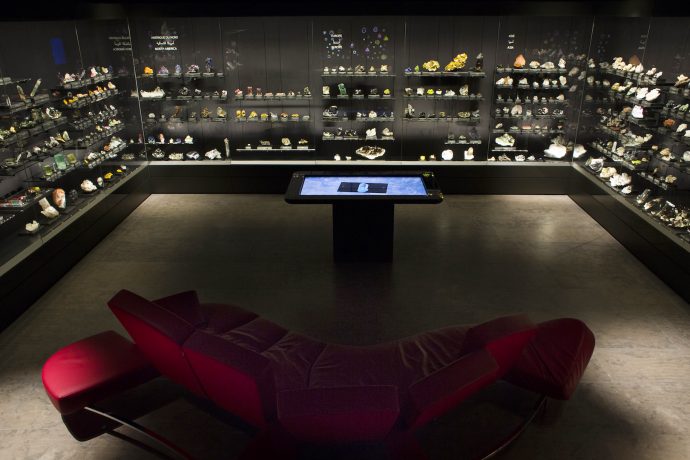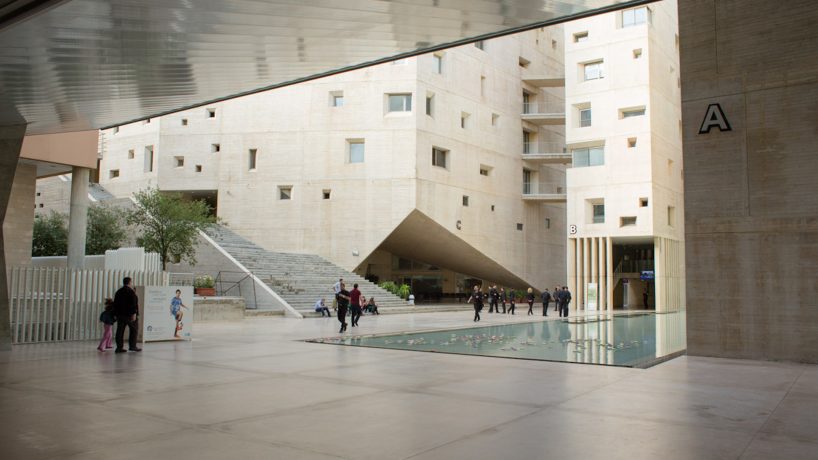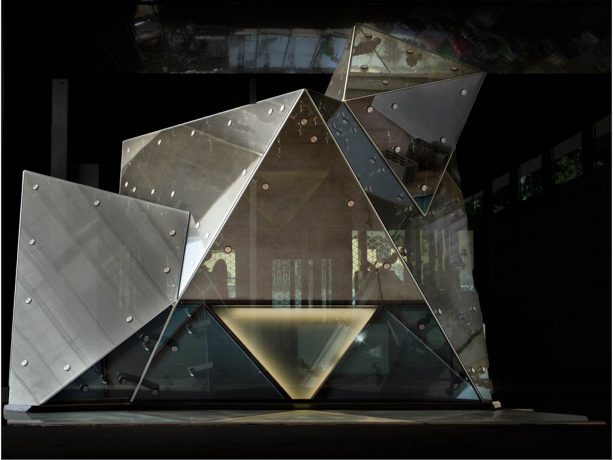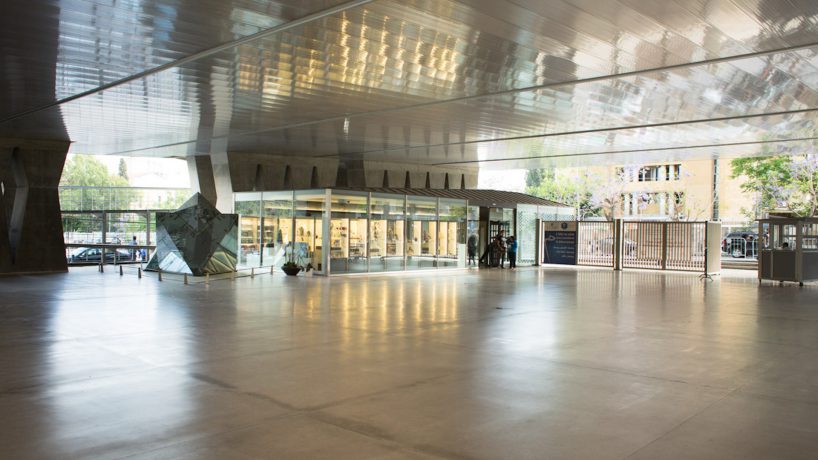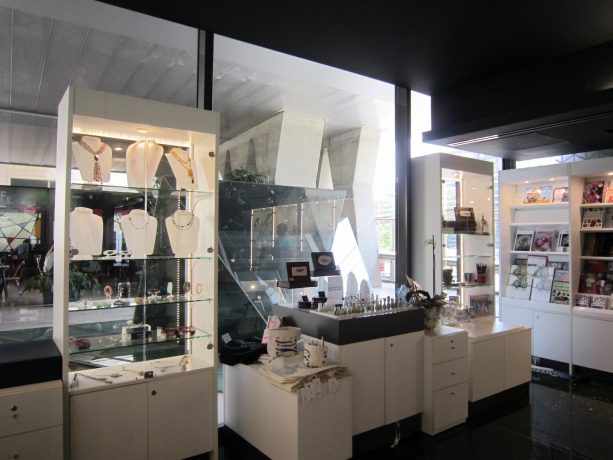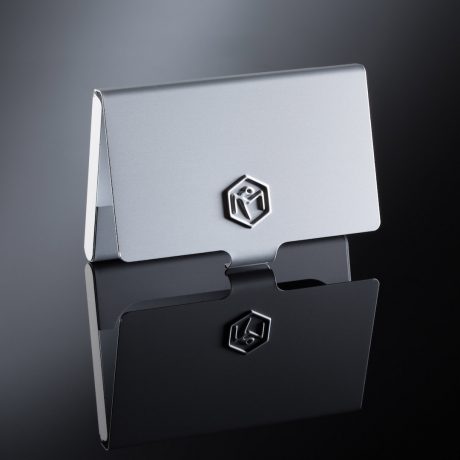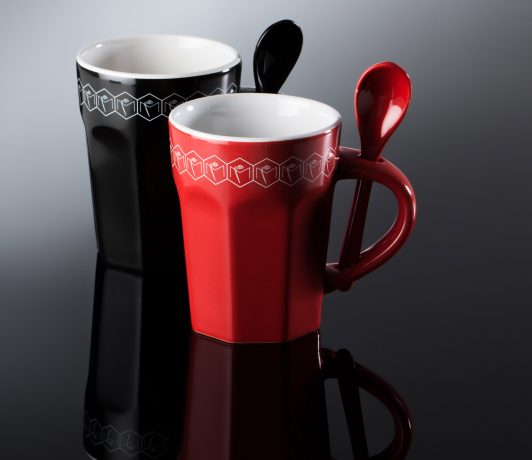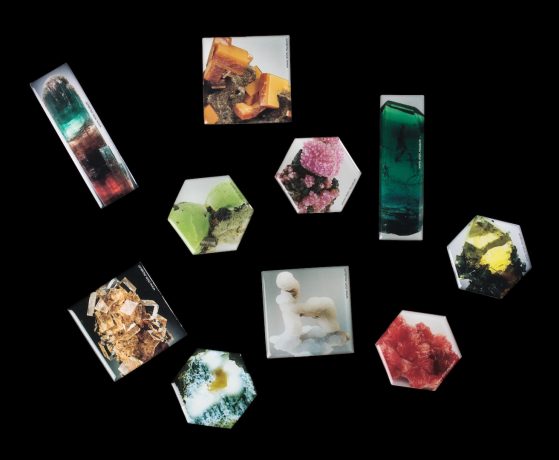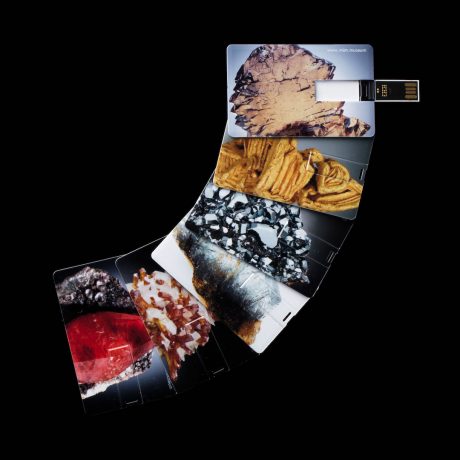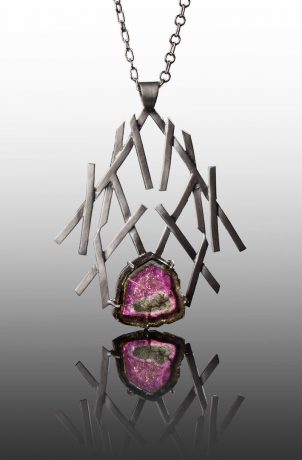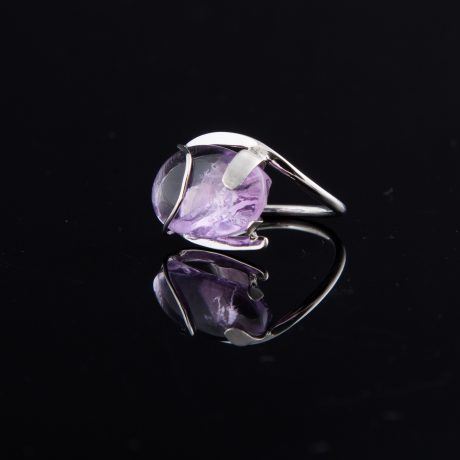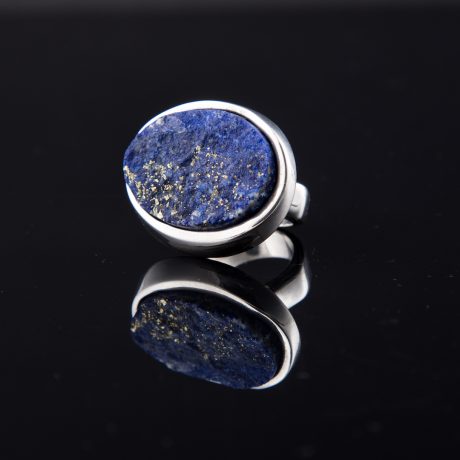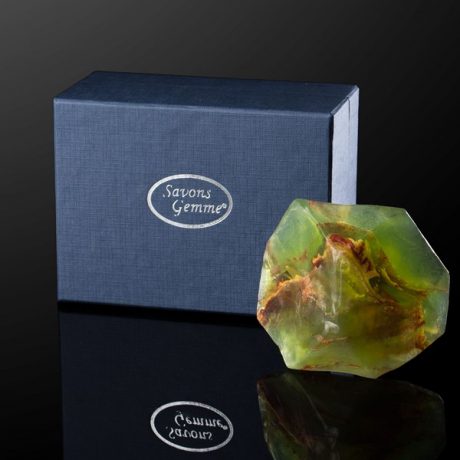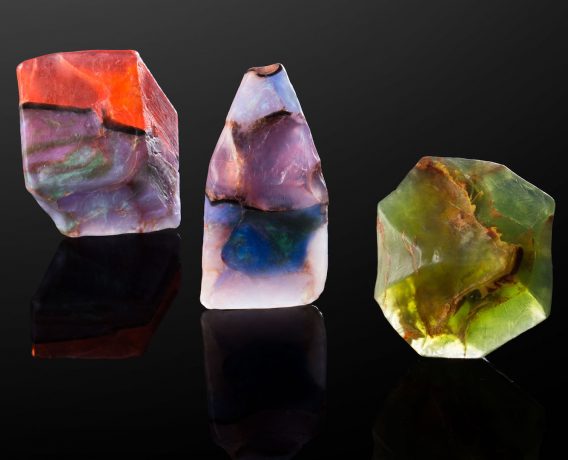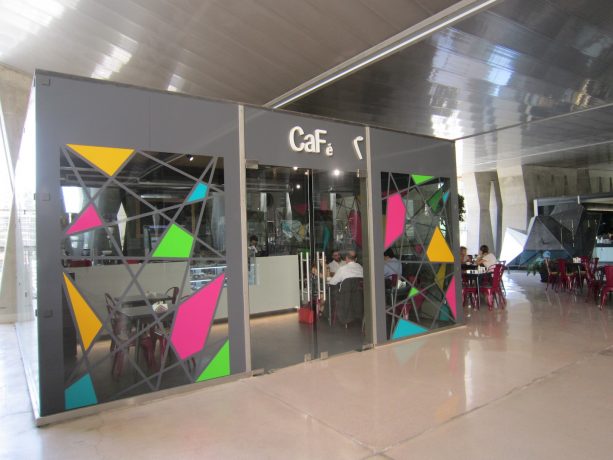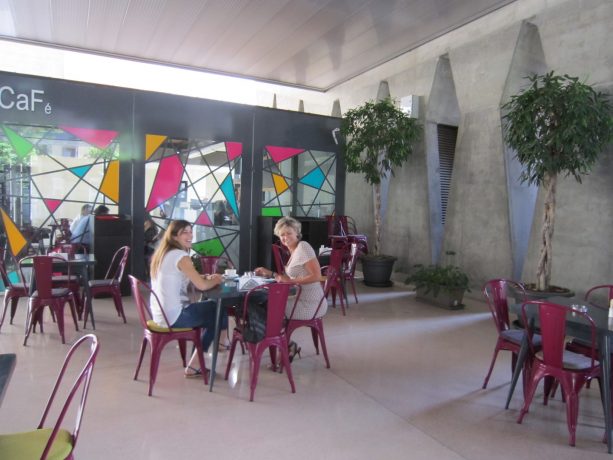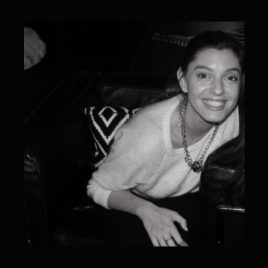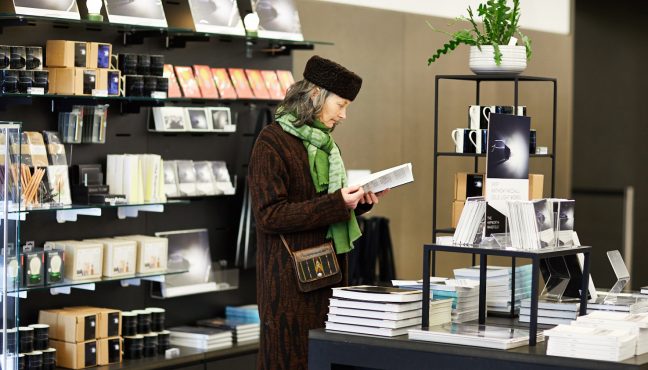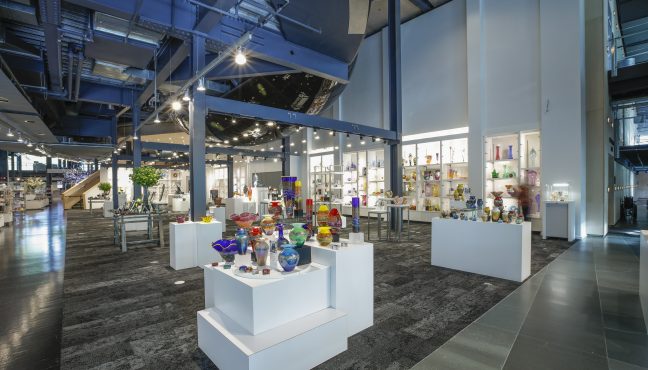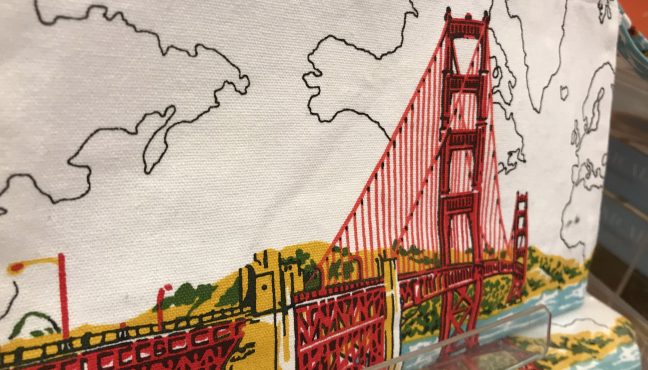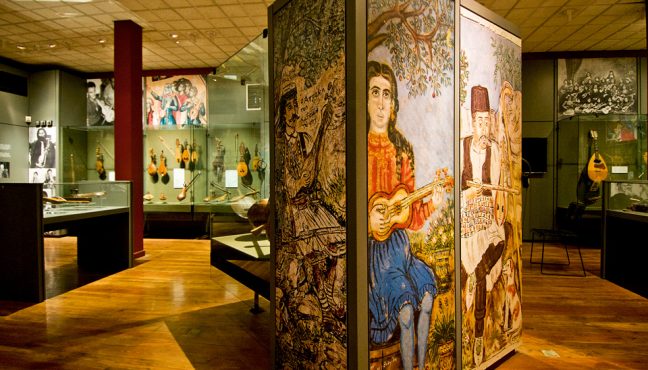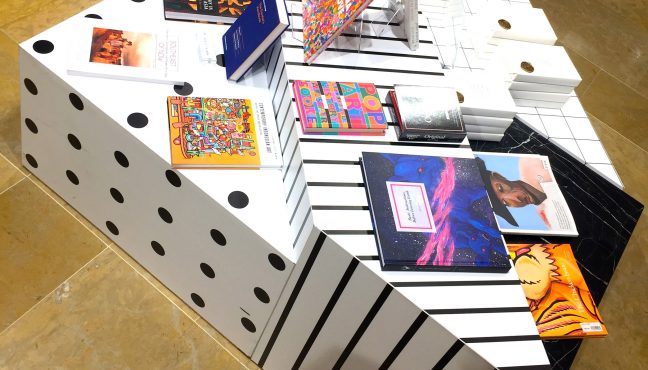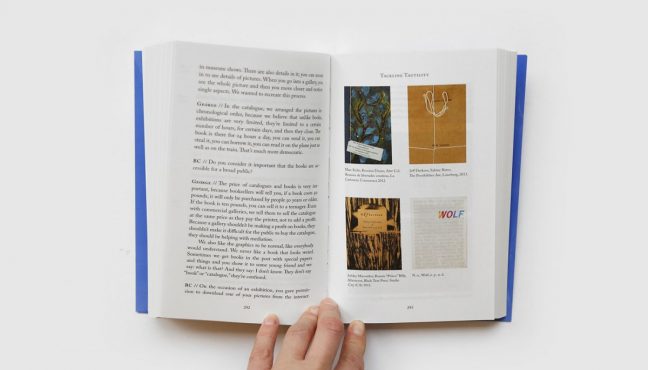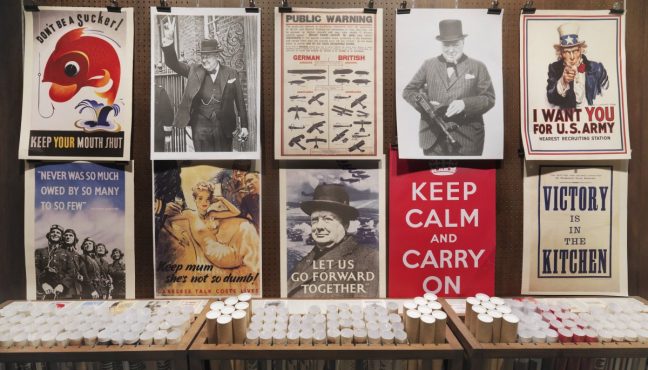On October 12th 2013, the MIM Museum in Beirut opened its doors to the public. Bearing one of the world’s most exciting private collection of Minerals, the museum shares its love for the natural beauties with the public. We visited the MIM on our last trip to Beirut, and without exaggeration, it truly is one of the most beautiful collections we have ever seen live!
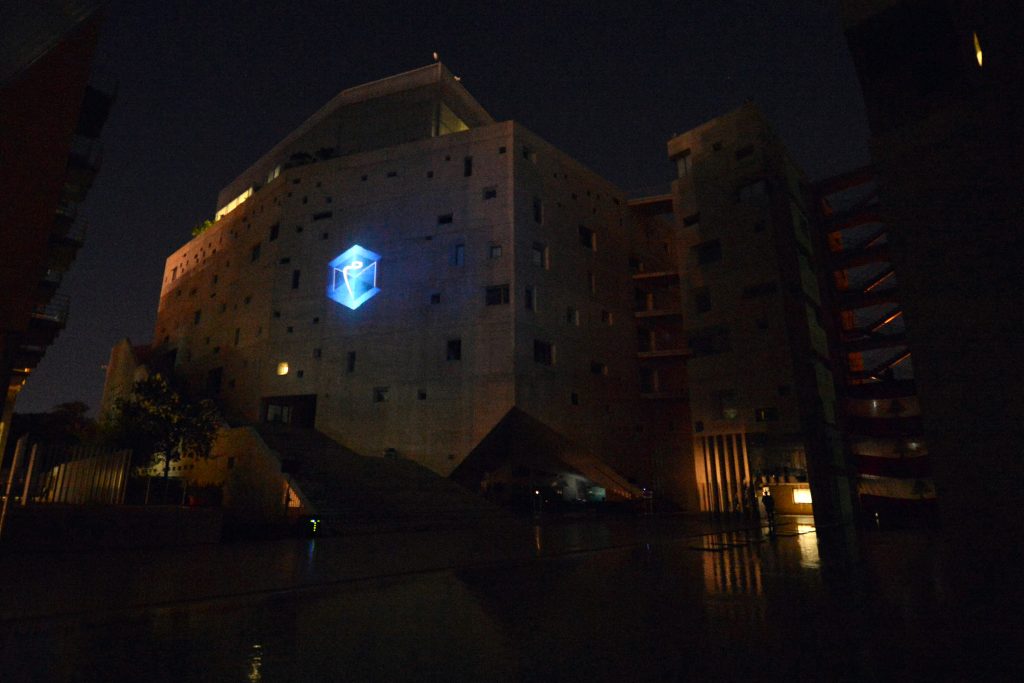
The collection of minerals boasts a large number of pieces that are rare and well-formed. Some of the best known samples of certain species are exhibited here along with well known pieces that have formerly belonged to prestigious collections and have been acquired from other museums, after persistent and hard bidding.
The MIM Museum is named after the twenty-fourth letter of the Arabic alphabet - the equivalent of the Latin letter M. Why you ask ? - Well because it is the first letter of the Arabic words for museum, minerals and mines! Coincidentally, the same words begin with the letter M in English and in French too (the three officially spoken languages in Lebanon).
More than 1750 pieces representing around 380 different species from 65 countries are beautifully shown in the MIM Museum. You can only imagine how much time and patience has been put into this incredible selection of minerals by the collector himself, Salim Eddé since 1997.
While I inherited my passion for collecting from my father, it is probably from my grandmother that I got the idea for the museum. As the collection grew, I couldn’t stop thinking of what she often said of people accumulating material things: “My grandson, no one has ever taken anything with him (into the afterlife).” Guided by her words and in particular by a desire to share my passion with the greatest number of people, in 2003 I began to consider creating a museum of mineralogy that will be called mim. I wanted to share this wonderment for the aesthetics of the mineral world on which life has built itself on this planet. Anyone who has not yet been exposed to this world naturally asks: “Who sculpted these marvellous shapes and polished the incredible flat surfaces; who composed this arrangement of different specimens; where do these colors come from?” They are convinced that such things could only be formed by the hands of an artist; they simply cannot believe that natural forces created them…Salim Eddé
The MIM prides itself in the collection and preservation of mineral samples that are considered, rightfully so, masterpieces of nature. Pieces that truly belong in a museum! Along with the beauty of the objects the museum also aims to promote the historical, industrial and economic aspects of mineralogy, till now rather unknown in the world of museums, both in Lebanon and in the Middle East. The ultimate task of the MIM Museum is to enrich the cultural heritage of Beirut and help reinforce its innovation role in the world of science and technology.
These Masterpieces of Mother Nature formed millions of years ago without human intervention, through the sole action of pressure, temperature and water and most of all… Time. These crystals are often the most beautiful specimens of the utmost industrial importance because they provide us with iron, copper and all the other metals used in modern economies.
Once their properties have been understood by scientists, some minerals became models after which special materials are then synthesized that revolutionized electronics.
Then, of course, there are the gem stones, which are usually (yay for us!) transformed into jewelry no matter if they're precious or fine. Last but not least, some minerals tell us stories about the numerous adventurers who have risked their lives in their quest for precious stones (Brazil), for emeralds (Colombia), gold (California and Amazonia) and diamonds in South Africa. The beauty of all these findings truly stunned me when I had the chance to see them unclose in the museum.
The elegance of the collection is emphasized by sophisticated technics of lighting which bring out the colors, brightness and shapes of the crystals. The installation of the minerals was carried out case by case: bases were specifically made to match the contours at best, and some specimens were provided similar settings to those used for fine jewelry. The museum uses modern communication tools everywhere, touch screen and visual animations provide a better understanding and interaction with the visitors. And of course, no need to worry, all texts are always provided in three languages: English, French and Arabic.
The museum entrance is on the Ground floor of the Innovation and Sports Campus of the Saint- Joseph University in Beirut. A beautiful glass structure representing an octahedron stands on the campus very close to the entrance and museum shop. It is reminiscent of a famous geometric pattern, that of the pyramids. And rather than building a single octahedron, the architect decided to construct a big one intertwined with two smaller ones in order to simulate one of the beautiful fluorites in the collection. The beauty created by Mother Nature is a constant theme in the museum!
At the same level of the entrance is where we find the shop, which offers its own interpretation of all the beautiful things we just experienced in the collection itself. A section of minerals are sold there giving us all an opportunity to start building our very own collection, and who knows...maybe one day your very own museum!
Children seem to enjoy the tumbled stones (amethyst, rock crystal, agate, rose quartz, calcite, amazonite, aventurine, tiger eye, malachite, turquoise hematite, lapis lazuli, jasper...) They are attracted by their shapes and colors and their affordable prices definitely help!
These minerals can even be used as “energy tools” I was told, and if you’re ever looking for your birthstone.. look no further, the MIM will most probably have it.
But of course the shop doesn't only sell minerals. A selection of toys introduces children to the world of mines and chemical experiments in a playful way. Kits that produce their own minerals can be found there, which would give the parents as much joy as their kids, I am sure.
A vast collection of books and magazines all around the topics of Mineralogy and Earth Sciences are ready to be picked up by both adults and youngsters. Although you can spend hours in the shop finding little objects and souvenirs such as magnets, mugs, card holders etc. the items that took our breath away were the collections of jewelry. Beautiful pieces with minerals and stones, that are amazing statement pieces for a night out, are shown in the glass vitrines all around the shop.
Our secret tip for the MIM museum shop is the soaps. Yes, you read correctly.. soaps!
These handmade beautiful soaps are created as faithful replicas of precious stones. And they smell just as good as they look. The only problem with “Savons Gemmes” is that they look so beautiful, you might not actually let anyone wash their hands with them.
After enjoying the stunning collection and having had the chance to TOUCH some minerals myself in the shop, we could enjoy a good coffee, have a drink and a quick bite to eat at the MIM Café, close to the octahedron.
